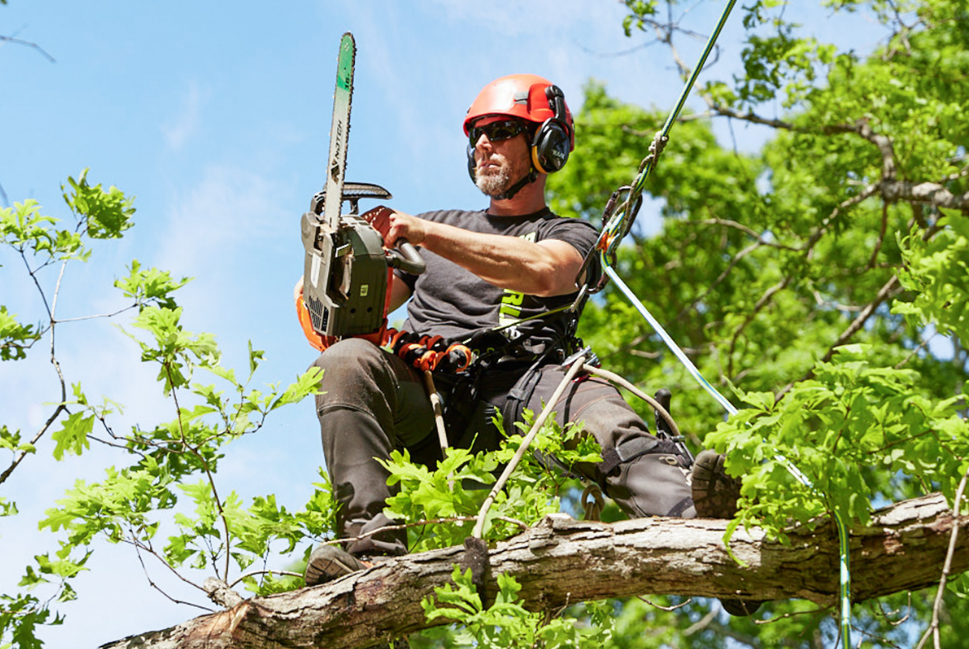The vitality and longevity of trees are dependent on several factors, including the quality of care they receive. A professional specialising in tree care, also known as an arboriculture specialist or an arborist in Ballina, plays a crucial role in maintaining tree health. These experts assess and treat trees, ensuring their well-being and reducing risks associated with diseased or unstable trees.
Assessing Tree Health
A critical part of an arboriculture specialist’s job is to evaluate the health of trees. This process is comprehensive and requires an examination from the roots, up the trunk, and into the branches. Detecting signs of distress early can mean the difference between a thriving tree and one that poses a potential risk.
An arborist will typically look for cracks, decayed wood, weak branch unions, cankers, and root problems. They also evaluate the overall tree architecture and check for dead tops or branches. Soil conditions and proximity to structures are other factors considered during the assessment.
Risk Assessment: A Key Responsibility
Risk assessment involves determining whether a tree has become hazardous, particularly after a weather event. Trees can fall on and damage structures, take out power lines, and even block roadways. Hence, it is essential to assess their stability regularly.
Treating Tree Health Issues
After assessing the health of a tree, the arboriculture specialist recommends appropriate treatments. This could involve pruning trees for health, structure, or aesthetic reasons. In some cases, a root collar excavation may be required if there are concerns about root health.
These professionals can also address diseases and pests affecting a tree, providing solutions that not only treat the current issue but also help prevent future problems.
Choosing the Right Professional
When seeking an expert to assess and treat your trees, it’s important to choose a certified professional who demonstrates a commitment to quality. Memberships with professional organizations, such as the International Society of Arboriculture (ISA), indicate that the arborist stays updated with current best practices on trees and tree care.
Conclusion
Tree care is not something that should be taken lightly. It requires a deep understanding of botany, pathology, and safety practices. An arborist in Ballina possesses this knowledge and expertise, ensuring that our trees remain healthy and safe. With their help, we can continue to enjoy the numerous benefits that trees provide, from shade and beauty to environmental contributions like oxygen production and carbon sequestration.
